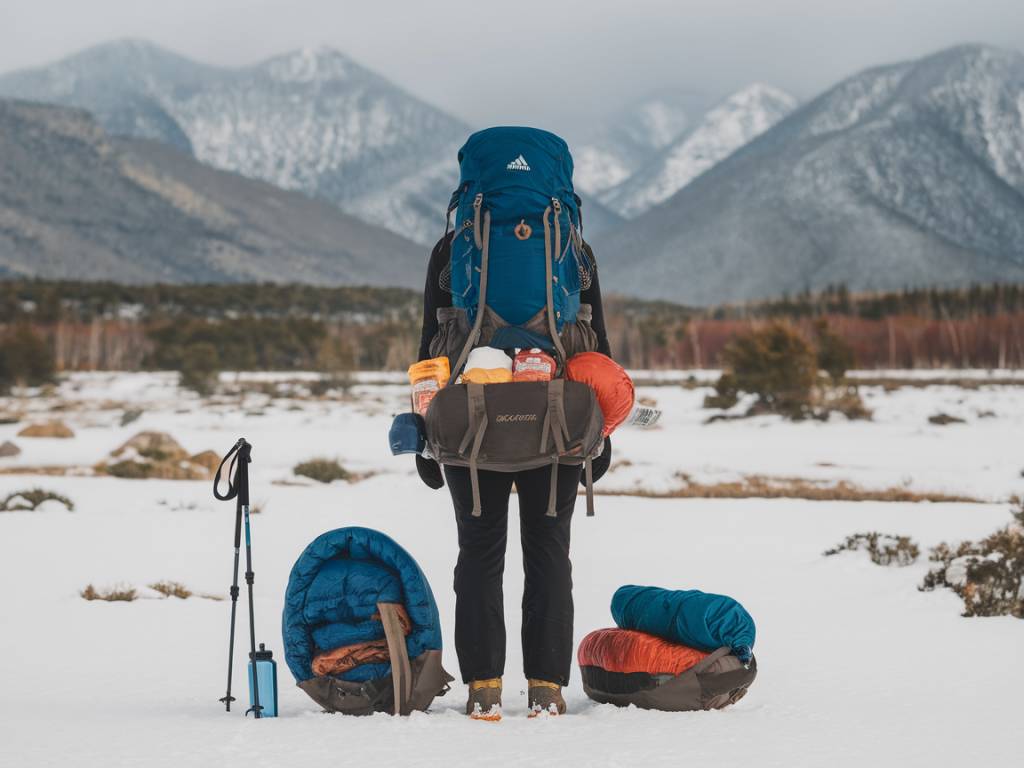
Packing light: how to travel with minimal gear on long expeditions
Why Pack Light for Long Expeditions?
As a seasoned traveler, I have found that packing light can significantly enhance the overall travel experience. Carrying less not only makes you more mobile and agile but also reduces the strain on your body and the risk of losing valuable items. Packing minimal gear forces you to prioritize and make thoughtful decisions about what you truly need. This approach brings the added benefit of making your travels more sustainable and eco-friendly.
Essential Considerations for Packing Light
When planning to pack light for long expeditions, several essential factors need careful consideration:
- Destination Climate: The weather of your destination will dictate what type of clothing and gear you should bring.
- Duration of Trip: The length of your trip will influence the number of items you need.
- Activities Planned: Specific activities, such as hiking or diving, will require specialized gear.
Choosing the Right Backpack
Your choice of backpack is crucial when aiming to pack light. A well-designed backpack can make a significant difference in how comfortably you can carry your gear over long distances. Here are some features to consider:
- Size: Opt for a backpack with a capacity between 30 and 50 liters, which is usually sufficient for long expeditions.
- Weight: Choose a lightweight but durable material to keep the overall weight down.
- Organization: Look for backpacks with multiple compartments to keep your belongings organized and easily accessible.
Clothing Essentials
Packing the right type and quantity of clothing is fundamental to keeping your load manageable. Consider the following clothing tips:
- Layering: Opt for thin, versatile layers instead of bulky items to adapt to changing weather conditions.
- Quick-dry Fabrics: Choose clothing made from quick-dry materials like merino wool or synthetic fibers, which are lightweight and easy to wash on the go.
- Multipurpose Items: Select clothes that can serve multiple functions, such as a scarf that can double as a towel or a sarong.
Footwear Considerations
Footwear should be chosen with care, as it can significantly impact your comfort and mobility:
- Multi-functional Shoes: Look for shoes that are suitable for various activities, such as trail runners or lightweight hiking boots.
- Socks: Pack a few pairs of high-quality, moisture-wicking socks to keep your feet dry and comfortable.
Minimalist Toiletries
When it comes to toiletries, less is more. Here’s how to streamline your toiletries kit:
- Travel-sized Containers: Decant your shampoos, conditioners, and lotions into small, reusable containers.
- Dual-purpose Products: Opt for items that serve multiple functions, such as a soap bar that can be used for both body and hair.
- Compact Tools: Choose lightweight and compact grooming tools, such as a foldable toothbrush and a mini hairbrush.
Electronics and Gadgets
Electronics can add significant weight and bulk, so it’s essential to be selective:
- Multi-functional Devices: Use devices that serve multiple purposes, like a smartphone that can act as a camera, GPS, and e-reader.
- Chargers and Power Banks: Bring only the chargers you need and consider a high-capacity power bank to keep your devices charged on the go.
- Adapters: Pack a universal travel adapter to charge your electronics in different countries.
Emergency and First Aid Kit
An emergency kit can be a lifesaver and doesn’t have to add much weight:
- Basic First Aid: Carry a small first aid kit with essentials like bandages, antiseptic wipes, and painkillers.
- Survival Tools: Include a multi-tool, a compact flashlight, and a whistle for emergencies.
- Personal Medications: Pack any prescription medications you need, along with a copy of your prescriptions.
Food and Hydration
Staying nourished and hydrated is crucial on long expeditions:
- Lightweight Food: Choose dehydrated and compact food options, such as energy bars, nuts, and dried fruits.
- Water Purification: Bring a portable water filter or purification tablets to ensure you have access to safe drinking water.
- Reusable Containers: Use collapsible water bottles and lightweight food containers.
Practical Tips for Packing Light
Understanding what to pack is one thing, but knowing how to pack efficiently is another. Here are some practical tips:
- Use Packing Cubes: They help in organizing your gear and compressing clothing to save space.
- Roll Your Clothes: Rolling clothes instead of folding them can minimize wrinkles and save space.
- Wear Bulky Items: When traveling, wear your heavy or bulky items, such as jackets or boots, to reduce the weight in your backpack.
- Regular Laundry: Plan to do laundry on the go. This allows you to pack fewer clothes and reuse them throughout your trip.
In my experience, traveling light requires some planning and intention, but the benefits are unquestionably worth the effort. By minimizing your gear, you not only make your travel more enjoyable but also foster a more profound connection with the places you visit and the experiences you encounter. Take the initiative to embrace minimalism in your travel habits, and you’ll likely find that less can indeed be more.

 Traversées polaires : comment préparer une aventure en Arctique ou en Antarctique
Traversées polaires : comment préparer une aventure en Arctique ou en Antarctique 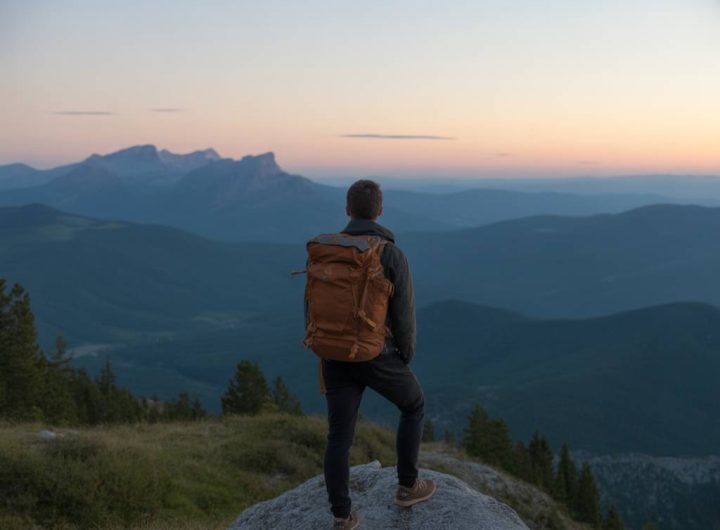 Microaventures près de chez vous : comment vivre l’aventure sans quitter votre région
Microaventures près de chez vous : comment vivre l’aventure sans quitter votre région 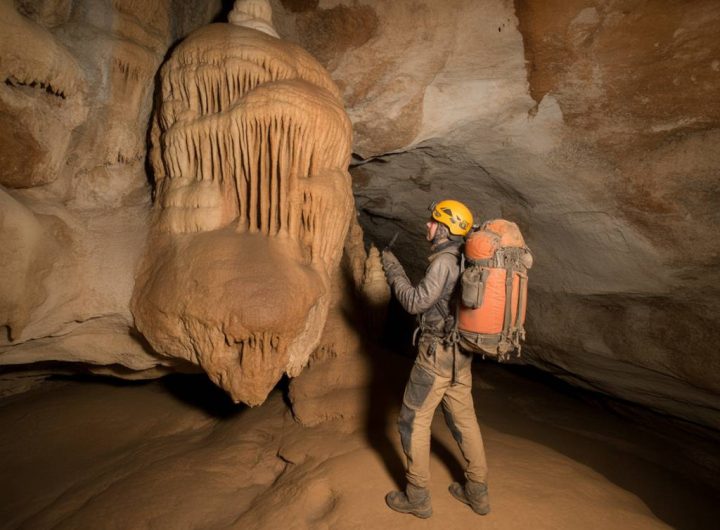 Caving Adventures: Exploring the World’s Most Fascinating Underground Destinations
Caving Adventures: Exploring the World’s Most Fascinating Underground Destinations 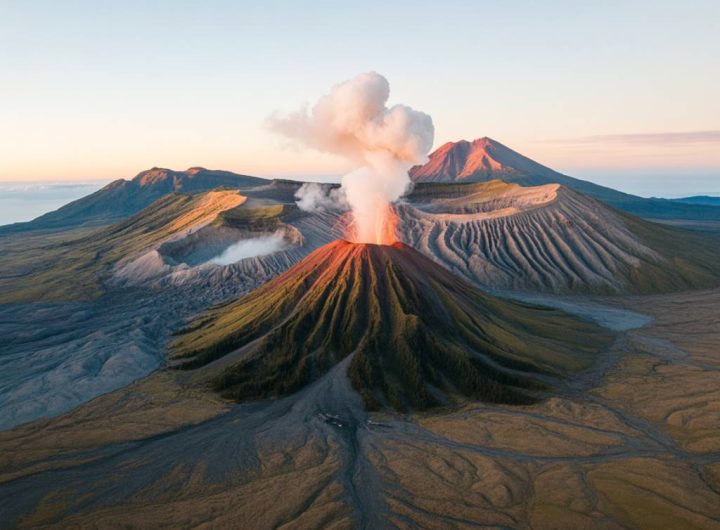 Exploring Volcanic Landscapes: Top Adventure Destinations Around Active Volcanoes
Exploring Volcanic Landscapes: Top Adventure Destinations Around Active Volcanoes 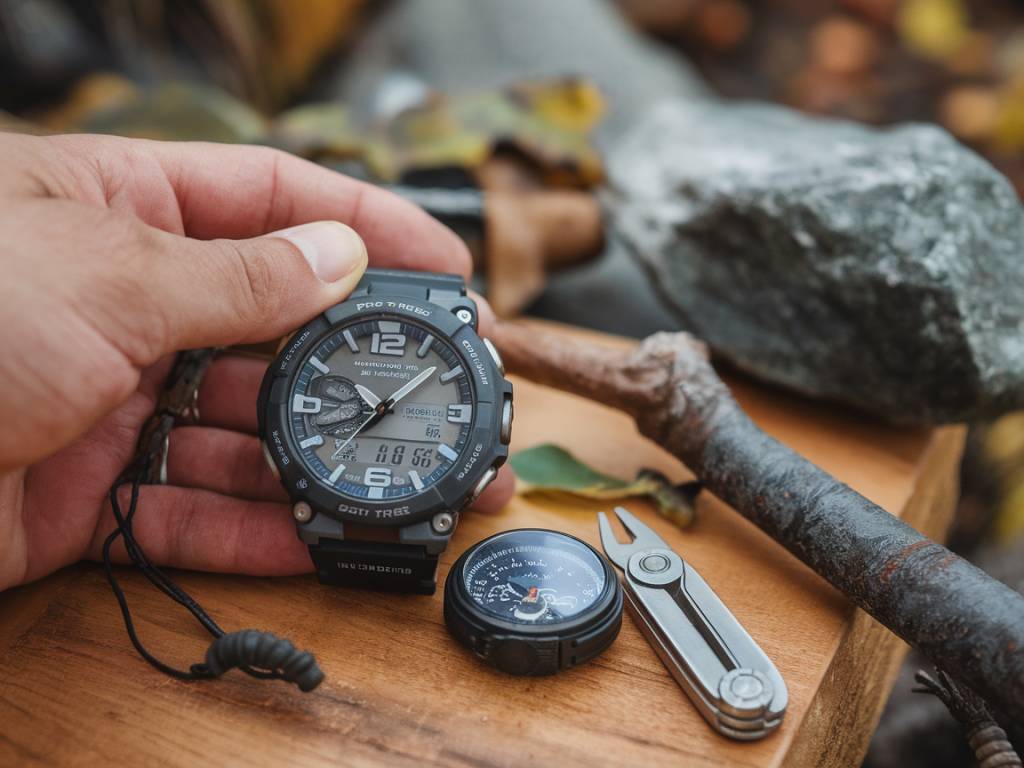 Top 5 adventure watches with gps and survival features
Top 5 adventure watches with gps and survival features 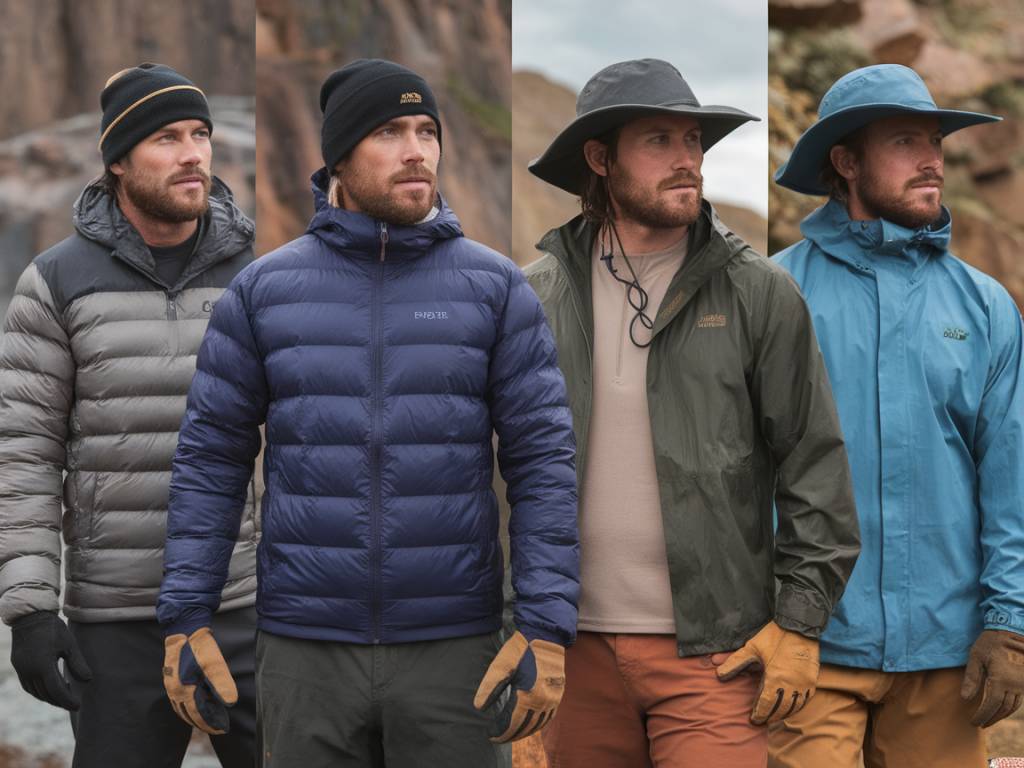 How to choose the right adventure clothing for every climate
How to choose the right adventure clothing for every climate